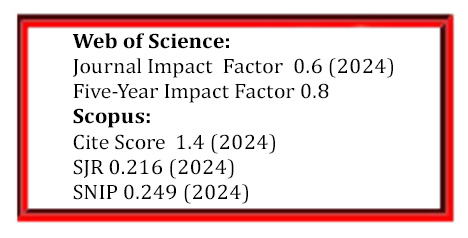Ancient Wall Tiles – The Importance of the Glaze/Ceramic Interface in Glaze Detachment
DOI:
https://doi.org/10.5755/j01.ms.20.1.3815Keywords:
ancient wall tiles, glaze/ceramic body interface, salt crystallization, glaze detachmentAbstract
One of the most severe pathologies suffered by early industrially produced tiles in Portugal in late nineteenth century is glaze detachment in wall tiles placed in the lower part of the façade. It is known that salts crystallize provoking the glaze detachment, destroying the waterproofing and the beauty of the wall tile and this is one of the crucial factors towards this occurrence. The present work questions the importance of the thickness of glaze/ceramic body interface, in what concerns glaze detachment provoked by salt crystallization. SEM-EDS was used to perform all the observations that lead to the conclusion that the exuberance of the interface between glaze and ceramic body has no influence in the resistance of the glaze to salt crystallization though time, being the porous network more determinant.Downloads
Published
2014-03-23
Issue
Section
CONSTRUCTION MATERIALS
License
The copyrights for articles in this journal are retained by the author(s), with first publication rights granted to the journal. By virtue of their appearance in this open-access journal, articles are free to use with proper attribution in educational and other non-commercial settings.



